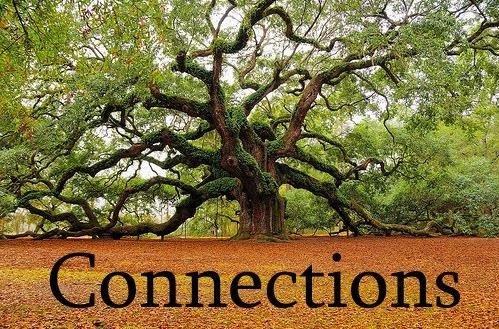Thursday, January 1, 2009
Understanding scriptural symbolism
To understand scriptural symbolism we need to be immersed in truth.
The importance of this principle was brought to my attention when I heard a friend describe a conversation she had had at a family reunion. Her brother-in-law had just been made the manager of a bank in Idaho and he was telling her about his new responsibilities. He felt that his most important assignment was to train the new tellers on how to recognize counterfeit money.
My friend Joanne remarked, "You must have an amazing collection of fake money to use for teaching!" She was envisioning a suitcase full of confiscated phony bills. Her brother-in-law was horrified at that idea. He said, "I would never let them be exposed to counterfeit money. I drill them so carefully and so thoroughly on what genuine money looks like, that they are then able to immediately detect false currency."
Genuine money is produced according to an exacting pattern that incorporates very specific elements. Likewise, God also employs patterns to to teach truth, and these are found in every book of scripture and are taught by our prophets. When we apply ourselves to learning true doctrine, we will be able to immediately discern and reject spurious ideas and philosophies. After we have learned revealed truth, we will quickly be able to identify and embrace those teachings which bear His stamp of authenticity.
Then our symbolic interpretations, in full harmony with truths already revealed, will be like "currency which is backed by the gold of Heaven" (Joseph Fielding McConkie, introduction, Gospel Symbolism). If we are serious about learning God's patterns in order to identify truth, we will seek for them in scriptures, from living prophets, and through temple worship.
During one bewildering period, King David sought for light and knowledge in the House of the Lord, and there found comfort and insight. Like David, we are often plagued with problems whose solutions lie beyond our abilities. Some problems are so challenging that even with our usual resources, and despite the advice of trusted friends, we remain perplexed.
In Psalm 73:17 David tells of grappling with difficult philosophical questions and how his confusion continued "until," as he stated "...I went into the sanctuary of God; then [I] understood." The symbols found in the temple can be applied by Heavenly Father to our particular circumstances in a very personal way; but we have to learn how to perceive them.
A good example of viewing an object, and from it, drawing a personal lesson, is found in Proverbs 24:30-34. The writer tells of observing the neglected field and vineyard of a slothful man. He records in verse 32 that, "Then I saw, and considered it well: I looked upon it, and received instruction."
Then I saw, and considered it well:
I looked upon it, and received instruction.
After observing the thorns and nettles, along with the broken stone wall around the field, the writer was able to see how the owner's slothfulness was surely leading to eventual poverty. He was literally able to envision this man's future as though it already existed.
The first time I read this verse, the words looked and saw seemed redundant to me-- like saying, I talked and I spoke. But then I realized that Hebrew often utilizes this form of writing called parallelism. The two words in a parallel are similar, but not identical. My curiosity was piqued and I decided to look up the meaning of the Hebrew word that was translated as 'saw'. This particular word is not the one used to describe the physical workings of our eyes, but instead describes the capacity to 'see as a prophet sees' (Strong's # 2372).
A prophet can see prophetically, because he is immersed in truth and has conformed his life to those principles. When we follow that example, we will likewise develop that same capacity. We could reword this verse in contemporary language along these lines: "I saw something, and then pondered it at length. And as I looked and thought about it, I learned this lesson." This process of seeing and pondering prepares our minds so that we can be taught by the Lord.
We all want to be able to discern counterfeit teachings and to recognize sacred patterns. To do this, we will immerse ourselves in the scriptures and in the teaching of the prophets, both ancient and modern.

Wonderful observation. Thank your for sharing your insights!
ReplyDeletemy hungry soul finds nurishment in these words...thank you thank you
ReplyDeletethank you!!!!
This concept is so opposite the world's view that if we don't particate in small part with some of the world's "evil" we are not prepared for "real" life.
ReplyDeleteThanks to all of you who made comments.
ReplyDeleteI really agree with Meg--the Gospel is full of such seeming contradictions as "Bridle your passions that ye may be filled with love." To ascend, we must be willing to follow the Savior and "descend below all things." No wonder it is foolishness to the natural man.
Great insights! You express yourself very well. Thank you for sharing. Having a blog is a wonderful idea. "All things have their likeness" Moses 6:63.
ReplyDeleteDonna,
ReplyDeleteExcellent comments. I am an old friend from the Hebrew class taught by Joyce Peabody back in 2003 when I stopped coming because of Open Heart Surgery.
Keep it up. I'll be reading.
Kay D. Jenkins